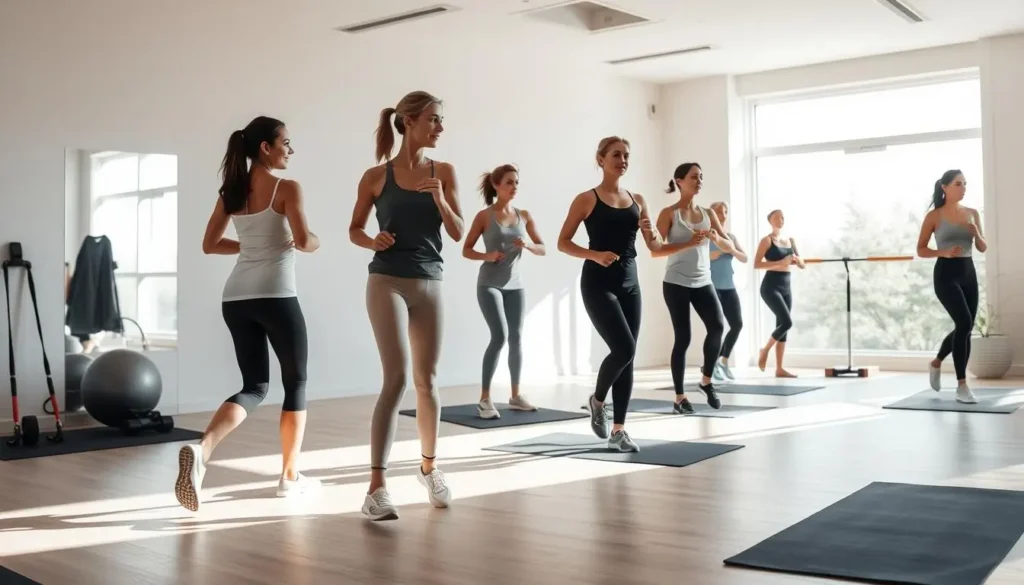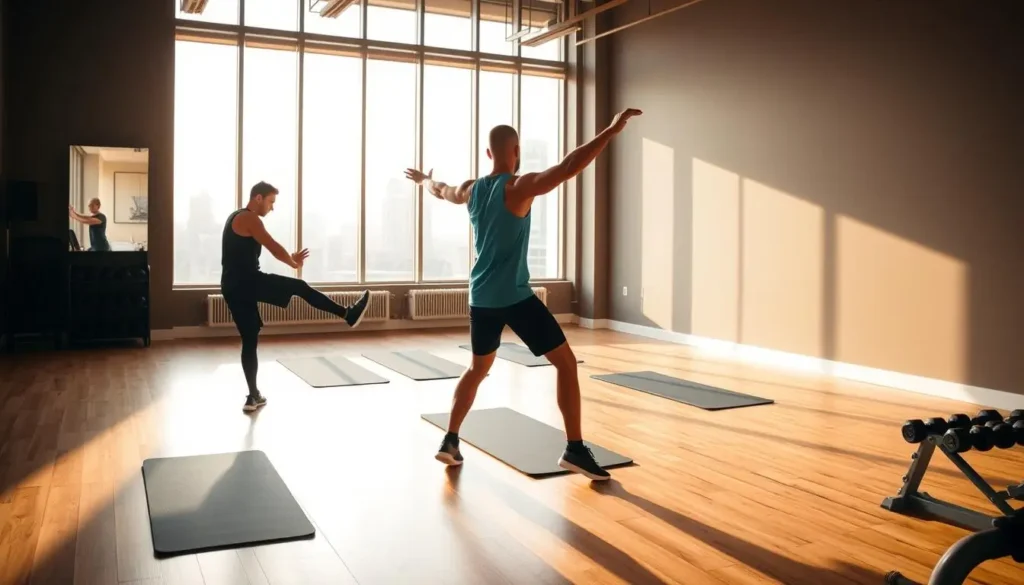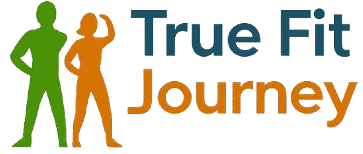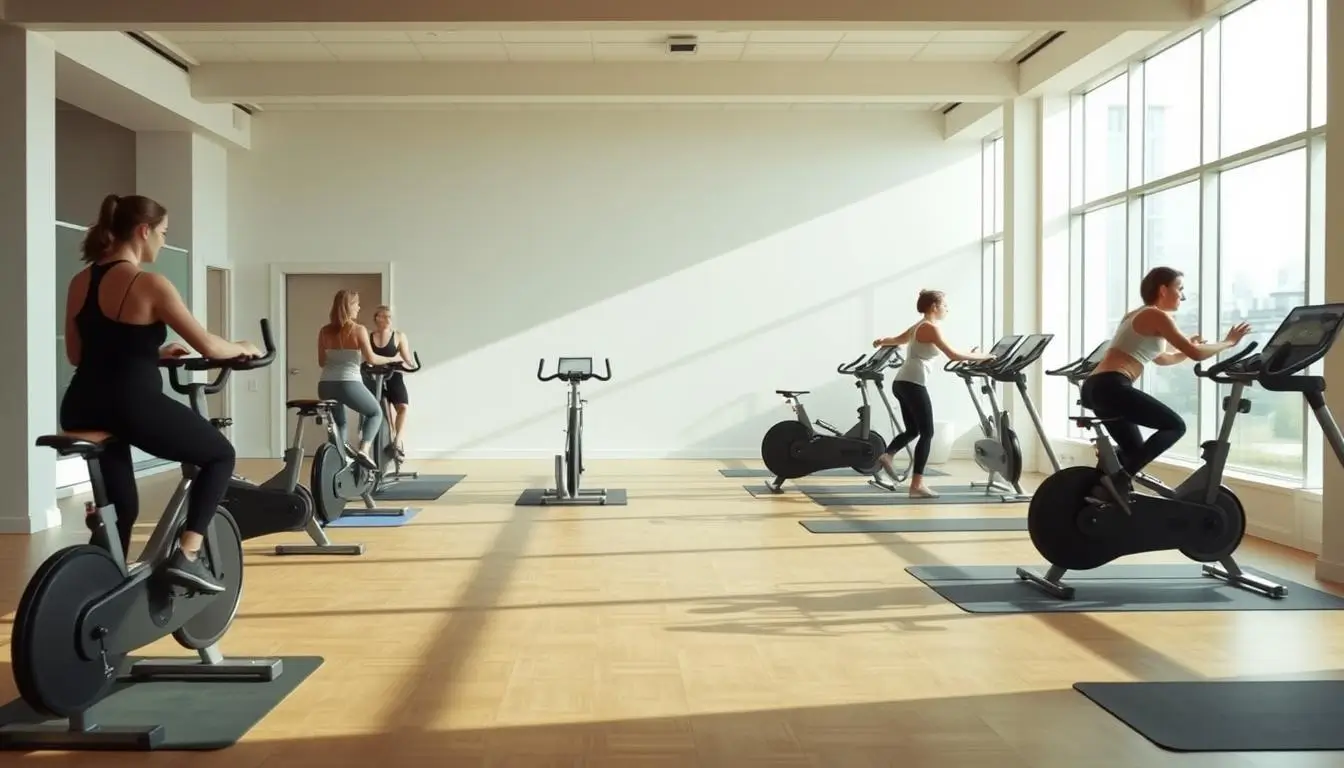Active Recovery Workout Ideas: 10 Easy Post-Gym Moves
After a hard training session, when the body needs a rest and time to recover and become stronger, Active Recovery Workout Ideas can be crucial. This type of low-level exercise is very important to speed up your recovery pace and refill your energy reserves. Specifically arranged to find muscle-healing exercises, these mild exercises help to reduce soreness after exercising as well as increase the circulation around the rest of the body.
You can strengthen your fitness level by incorporating foam rolling exercises and soft movements. There is minimal body strain on these exercises, but they contribute to healing and relaxation. They do not strain you, but rather, they make you recover and rest.
Table of Contents
Key Takeaways
- Muscle repair uses low-intensity exercises to decrease soreness.
- Active recovery workouts enhance body circulation and fitness.
- Foam rolling exercises are healing and relaxing.
- Similar movements will make you recover faster after an intense training.
- An active recovery enriches well-being.
What is Active Recovery and Why is it Useful
Active recovery: Active recovery entails performing easy activities following strenuous sessions. It aids muscles in acquiring the essential oxygen and nutrients. It also eradicates the waste, which leads to soreness.
Active Recovery: What is it?
Examples of active recovery are simple exercises such as walking, swimming as well and recovery yoga poses. These keep your body mobility and avoid stiffness. They do not over-stress your body.
The Case of Pursuing Active Recovery over Rest
It is preferable to active recovery over resting. It maintains your blood circulation, and this assists in the repair of the muscle injury. Recovery is also fast because exercises that involve stretching the muscles, such as self-myofascial release, are used gently.
Science of Recovery Workouts
The active recovery is an easy science. It increases blood circulation and reduces the soreness of the muscles. Stretching routine and gentle activity will also flush out waste products in your body, such as lactic acid. This is to allow you to recover quickly and be prepared to do another strenuous exercise.
Active recovery can also make you more flexible, less sore, and a superior performer after adding it to your routine.
At what point should to include recovery into your routine
Active recovery can be done on schedule. Your fitness can be drastically boosted by knowing the time at which to do it. Active recovery has optimal times in your fitness life.
Days in Between High-Intensity Training
Using active rest on the days of high-intensity training sessions allows your body to repair and build muscle. Liven up the blood flow with the help of mobility exercises or light cardio to warm.
post-Workout or post-Competition
Your body requires rest after a massive exercise or competition. Engaging in active recovery exercises such as yoga or an exercise jog can relieve body pain and fatigue.
Indications That Your Body Needs Active Recovery
One should always listen to their bodies and know when they need to perform active recovery. Do you constantly feel sore or fatigued? It is high time to incorporate some methods of active recovery into your routine.
Being smart enough to use active recovery can enhance your fitness program. It enables you to make the best out of your workouts.
Solid 10 Active Recovery Workout Ideas
Active recovery is an exercise that has numerous methods of alleviating muscle pain and increasing flexibility. These techniques assist your body in accelerated and effective recovery.
Ways to Lower the Impact of Cardio
Cardio is supreme on recovery days, and since the cardio is low impact, it will not hurt you much. It enhances the circulation of blood without really working your muscles too hard. The following are a few possibilities:
1. Light Swimming or Water Aerobics
Water aerobics or swimming is ideal when it comes to low-impact cardiovascular exercise. Joint stress is also alleviated by the buoyancy of water to allow you to move around conveniently.
2. Stationary Bike or Easy Cycling
Another good option is cycling, whether it is on a bicycle or outdoors. It is friendly to joints and builds your legs, without the rigor of running.
Exercises on Flexibility and Mobility
Precisely, it is important to preserve the healthy range of motion. Your flexibility can be hugely enhanced through special exercises.
3. Dynamic Stretching Exercise
Dynamic stretching exercises cause your body joints to move and muscles to be on the move. It enhances flexibility and prepares your body muscles for more demanding exercises.
4. Yoga Postures of Recovery
Yoga is awesome for stretching and recuperation. Some of the postures relax the muscles, enhance blood circulation, and reduce stress.
Self-Myofascial Release
Self-myofascial release techniques relax muscle pain and enhance blood circulation. They are good at curing soreness and recovery.
5. Foam roll workouts
Foam rolling is a type of massage based on putting weight on muscles with the help of a foam roller. It relieves stress, stiffness, and improves the flow of blood.
6. Massage Ball Practices
Massage balls can work to relieve muscular tension. This practice is used to employ pressure on certain points, which will soothe the aching muscles.

Bodyweight movements and Light Resistance
The exercises against light resistance and body weight maintain your strength without undue exertion on the muscles. They work on rest days.
7. Band Resistance Ex trauma
The resistance bands can be multi-purpose when it comes to strength training in recovery. They provide a non-impactful means to preserve or gain strength.
8. Drills with Bodyweight Mobility
Bodyweight mobility exercises train your body weight-based strength and flexibility. They are flexible and contribute to recovery.
Mind-Body Recovering Techniques
The mind-body recovery is interested in such connections as mental-physical. Such methods relieve stress, increase concentration, and aid recovery.
9. Tai Chi or Qigong Movement
Tai Chi and Qigong are a combination of movement, breathing, and meditation. They reduce stress, increase balance as well and well-being.
10. Walking Meditation
Walking Meditation- The walking meditation combines walking and meditation. It makes you less stressed, more focused, and calm.
Designing Your Active Recovery Regimen
Now that you have seen various active recovery workouts, it is time to create yours, which will suit you. What is a good recovery plan? Good recovery plan can enhance your performance and reduce the incidence of injury.
Example 20-Minute Recovery Workout
A 20-minute recovery session will also enable you to recover well. An example of a mobility routine with light exercise is below:
- 5 minutes of jogging or cycling on a light basis
- 5 minutes of dynamic stretching, emphasizing on large muscle groups
- 5 self-myofascial release with a foam roller or body weight
- Deep breathing (or meditating) for 5 minutes
Recovery to Different Styles of Training
The training style that suits you should be used in recovery as well. To give an example, runners can emphasize the mobility of the lower body and active recovery workout concepts.

Monitoring Recovery Processes
Monitor your progress to know whether your recovery exercise is effective. Record the exercises and the feeling you get after those exercises. The benefit of this is that you will tighten your routine and change things when necessary.
Conclusion
Good fitness means active recovery training. They assist you in recovering quicker and playing much better. The combination of low-impact cardio exercises, movements, and self-myofascial release will alleviate muscle soreness and increase flexibility.
Active rest is not a substitute for rest days. It is one of those things to supplement your training. Features of this improvement are the addition of active recovery to your routine, which can assist your body in its recuperation and adaptation.
To maximize one’s active recovery, it is required to listen to your body. A variety of exercises or determination of which one suits you best. To help you out, look at the Nike Training Club or the American Council on Exercise (ACE) Fitness.
FAQ
What is the primary purpose of exercises to recover from workouts?
Active recovery training assists your body in recovering after intense workouts. They enhance blood supply, increase flexibility, and ease the tight muscles.
What is the recommended frequency of active use in a fitness regimen?
Put active recovery into your regimen between tough sessions, following major events, or in cases where you feel sore or fatigued.
What are low-impact cardio examples of active recovery?
Some of the best low-impact cardiovascular activities are swimming, bicycling, and using an elliptical machine.
What are the ways to build an individual active recovery program?
Begin by working out a 20-minute recovery workout. Model it to suit your training style. Keep track of how you’re doing.
Which are the best self-myofascial release methods of active recovery?
Foam rolling and lacrosse balls should be used to release the tension in the muscles. They aid in the recovery.
Are there injury prevention ideas for active recovery workouts?
Of course, they are supposed to prevent injuries. They enhance flexibility, the strength of muscles, and improve mobility.
What stretching and mobility exercises can I use with my active recovery?
Consists of stretching large muscle groups such as hamstrings, hip flexors, and those of the back. This assists in healing.
What are active recovery approaches to mind-body recovery?
Exercises such as yoga, Pilates, and meditation are excellent recovery therapies. They help to avoid stress and cause relaxation.
Can workout recovery ideas be done at various levels of fitness?
Of course, active recovery workouts can be modified according to a fitness level. Adjust the intensity, duration, and exercises according to the needs.

